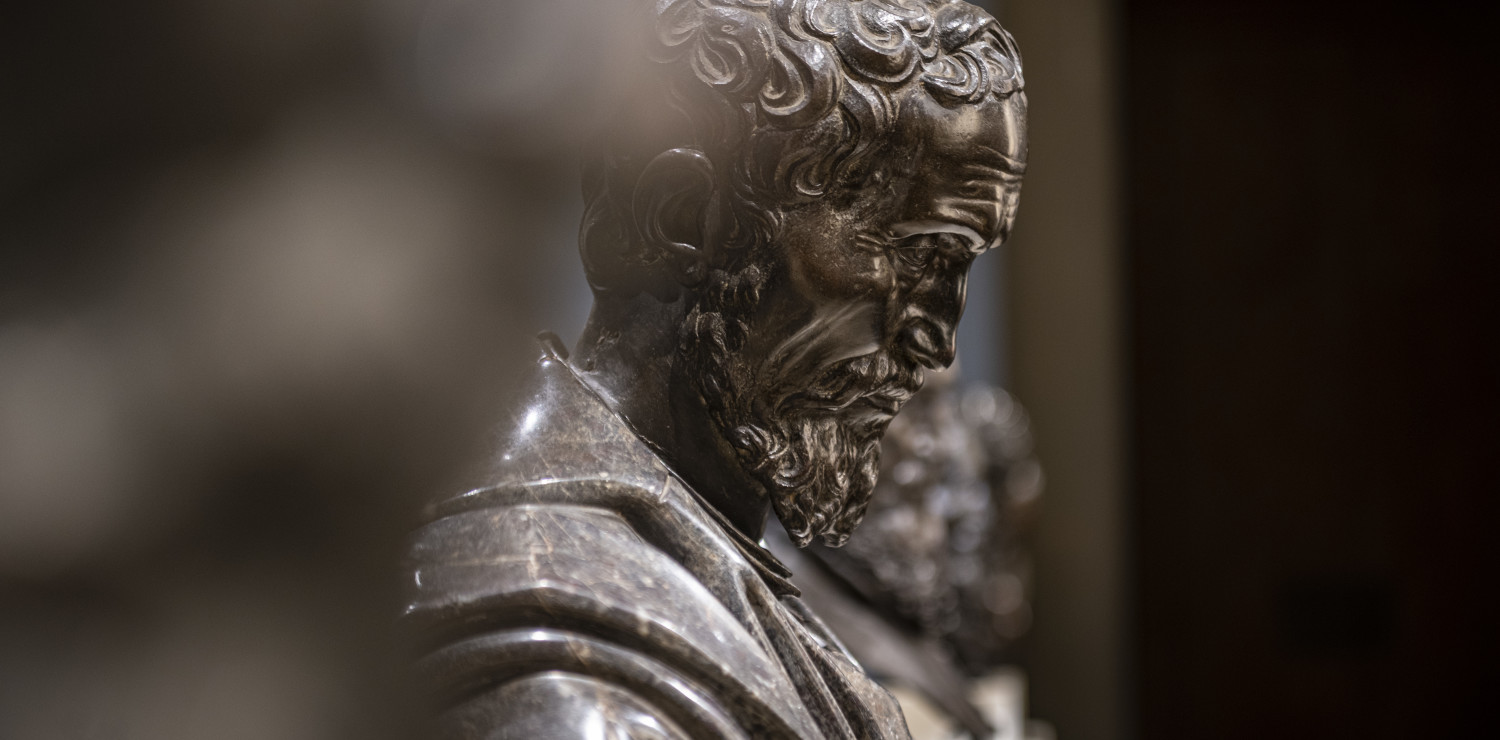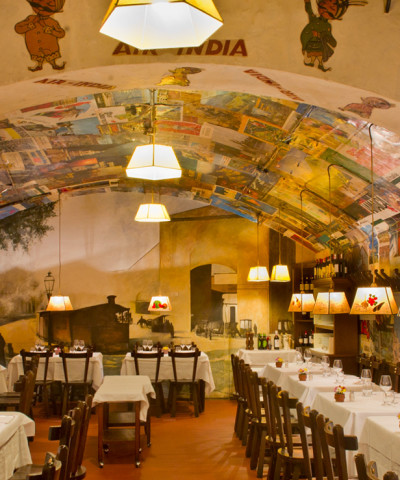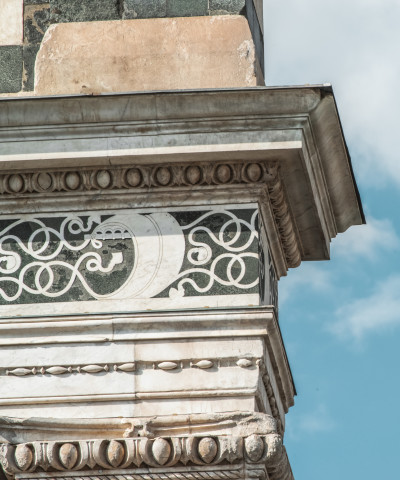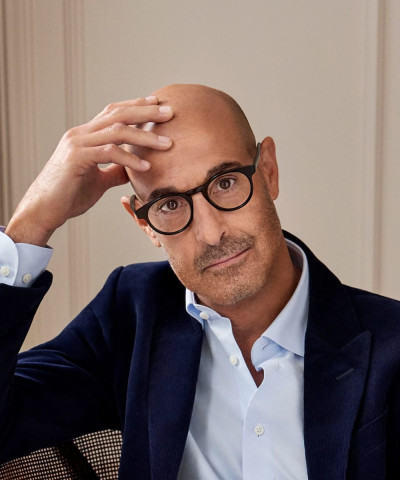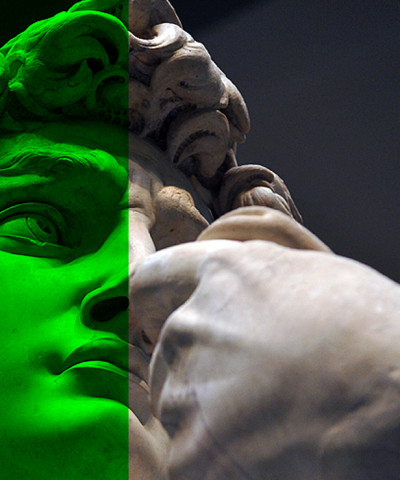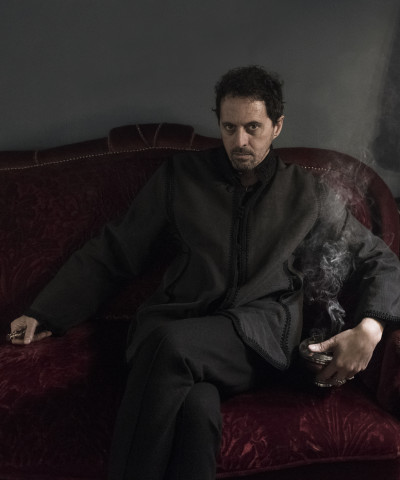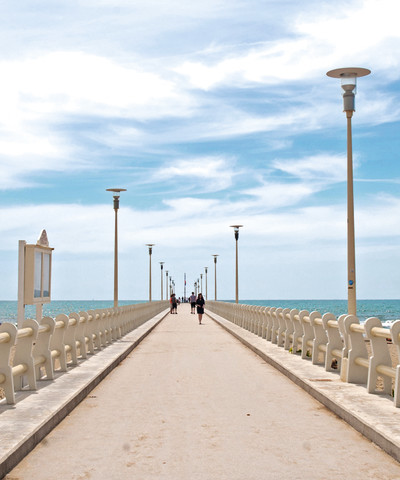The true face of Michelangelo
Until 31 July an exhibition at the Galleria dell'Accademia tells the story of the artist through the bronze effigy of Daniele da Volterra an exhibition curated by Cecilie Hollberg
A unique opportunity to come face to face with the eternal artist, captured in a particular moment of great humanity: the moments immediately after death. One of the most beautiful exhibitions of the Florentine spring.
 Galleria dell-Accademia di Firenze - allestimento mostra- foto Guido Cozzi 062
Galleria dell-Accademia di Firenze - allestimento mostra- foto Guido Cozzi 062Until 31 July, one of the nine bronze busts of Michelangelo, attributed to Daniele da Volterra, will be on display for the first time at the Accademia Gallery. Together with the three works already kept in Florence at the Galleria dell'Accademia, the Museo Nazionale del Bargello and Casa Buonarroti, there will be important loans from various international and Italian museums such as: the Musée du Louvre and the Musée Jacquemart-André in Paris, the Ashmolean Museum in Oxford, the Musei Capitolini in Rome and the Castello Sforzesco.
Daniele Ricciarelli, known as da Volterra (1509 - 1566), was a pupil of Michelangelo's and was linked to him by such deep friendship that he was present at his master's death at his Roman home in Macel de' Corvi on 18 February 1564. On this occasion Daniele made a cast of his friend's face, as was the custom at the time. Leonardo Buonarroti, Michelangelo's nephew, soon afterwards commissioned two bronze portraits of his uncle, and the commission for these two busts was followed by a third request from his friend and antiquarian Diomede Leoni. Da Volterra died in 1566 without having finished the three heads promised to Buonarroti and Leoni. The problem of the chronology and casting of Michelangelo's bronze effigies is still unresolved.
The idea for this exhibition," says Cecilie Hollberg, Director of the Galleria dell'Accademia in Florence and curator of the exhibition, "stems from the need to make a scientific contribution to the complex relationship between originals and derivations. Michelangelo: the bronze effigy of Daniele da Volterra is a unique and unusual exhibition that aims to answer questions that are still open thanks to the use of highly technological and innovative tools".
The beautiful layout, in which originals and copies alternate in a rhythmic crescendo, underlined by the use of colours and lights, opens up a glimpse into the intimacy of the great master: the phrase Michelangelo whispered to Daniele da Volterra, which stands out in one of the rooms, reminds us that behind his masterpieces there is man, with his fears and weaknesses.






